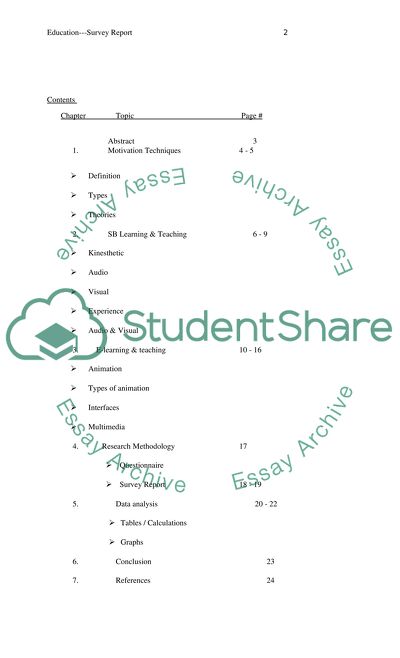Cite this document
(“How can animation and interaction be used to influence learning and Dissertation”, n.d.)
Retrieved from https://studentshare.org/education/1399752-how-can-animation-and-interaction-be-used-to
Retrieved from https://studentshare.org/education/1399752-how-can-animation-and-interaction-be-used-to
(How Can Animation and Interaction Be Used to Influence Learning and Dissertation)
https://studentshare.org/education/1399752-how-can-animation-and-interaction-be-used-to.
https://studentshare.org/education/1399752-how-can-animation-and-interaction-be-used-to.
“How Can Animation and Interaction Be Used to Influence Learning and Dissertation”, n.d. https://studentshare.org/education/1399752-how-can-animation-and-interaction-be-used-to.


